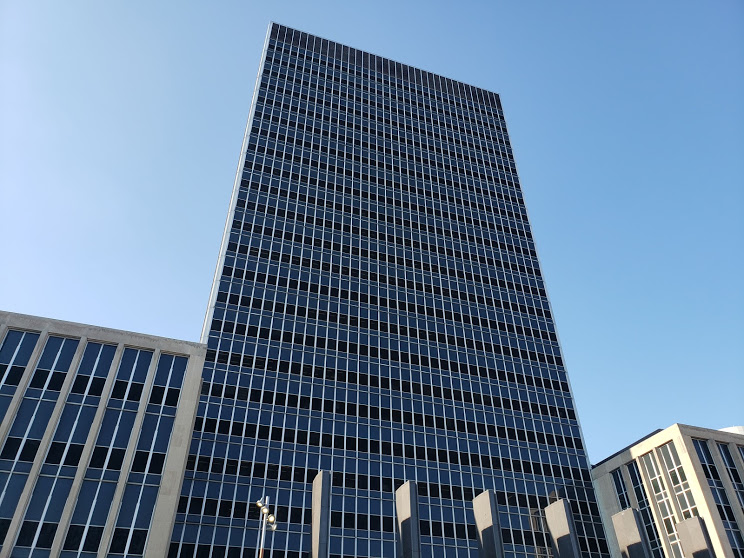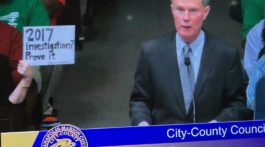by Abdul-Hakim Shabazz
I have been covering and writing about Indianapolis’ city budgets since 2004. I’ve seen some reasonable budgets and some not-so-great budgets.
The most recent $1.3 billion budget unveiled by Mayor Joe Hogsett has me concerned, particularly when it comes to public safety spending. What has me worried is this, once again, looks like a temporary solution to a long-term problem.
Allow me to explain.
The Hogsett administration is using about $150 million in American Recovery Act Funding to address a lot of the city’s public safety needs.
The two big items, in my opinion, are using the federal funds to hire 100 additional police officers over the next three years and increasing by five times the amount of money given to violence prevention groups.
Let’s start with the police officers.
I’m all for hiring more cops, mainly because it allows officers to do more patrols and maintain a presence in our neighborhoods. Also, more officers mean they can respond better to situations as opposed to filling out paperwork. The problem, however, is that we are breaking a top rule of finance, using one-time money to pay for long-term expenditures. The money to hire the officers is only good for three years, so the big question is what happens after that? This reminds me of when Bill Clinton, back in the early 90s, put 100,000 police officers on the street. Still, when the federal funding ran out, local governments were strapped for cash. Police numbers dropped, primarily due to retirement and attrition, because locals couldn’t afford to keep them. I worry we are about to repeat that same mistake.
Secondly, intending to hire 100 new officers over the next three years, my other question is, where will they come from? NPR recently did a story on police hiring and retirements. A June survey of nearly 200 departments by the Police Executive Research Forum (PERF), a nonprofit think tank, shows a startling 45% increase in the retirement rate and a nearly 20% increase in resignations in 2020-21 compared to the previous year.
But perhaps my biggest concern is increasing the funding for violence prevention programs. Currently, the Central Indiana Community Foundation gets about $3 million annually to dole out for crime prevention. Under the Mayor’s current budget, that number would be increased to $15 million over the next three years. Once again, we have an issue of giving folks money that may not last too long. Still, more importantly, if the CICF’s job has been violence prevention, they haven’t done a very good job of preventing violence. For the past several years, all we’ve had to show for handing out millions of dollars is more violence and dead people. And don’t blame the COVID-19 pandemic. Indianapolis had been seeing an increase in homicides since 2013; it just increased during the pandemic where we saw 124 murders; in 2019, that number shot up to 154. So on average, between 2013 and 2020, Indianapolis averaged 160 murders a year, so I have a hard time feeling confident that giving the CICF more money will help solve our crime issue. ,
As I said, I’ve covered a lot of Indianapolis city-county budgets; some were good, and some were not so good. The jury is out on this one until it’s completed in late October. Still, I don’t feel good about using one-time funding for ongoing expenditures and giving more money to an organization whose track record in violence prevention is questionable at best.
Abdul-Hakim is a licensed attorney and the editor and publisher of IndyPolitics.org














